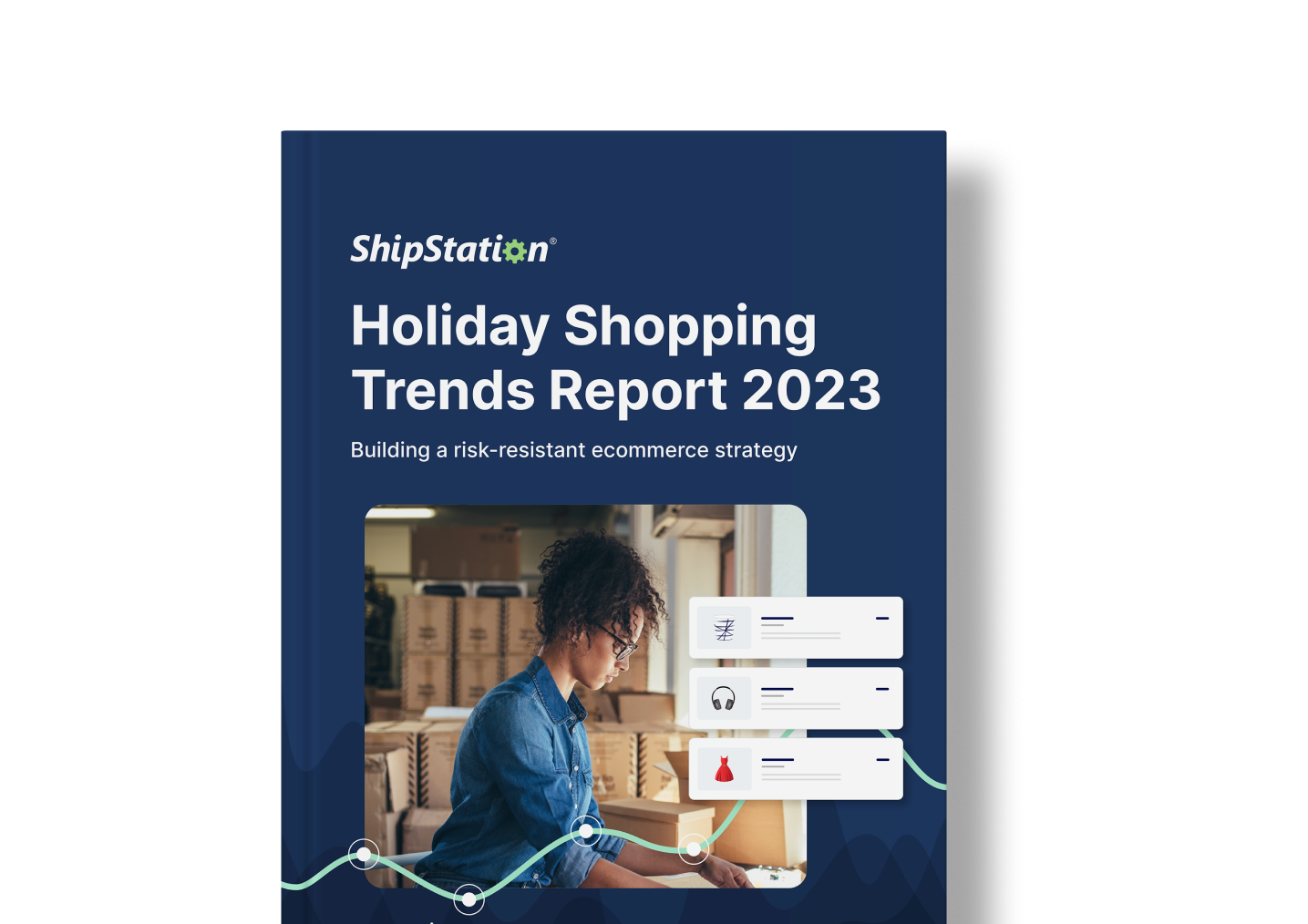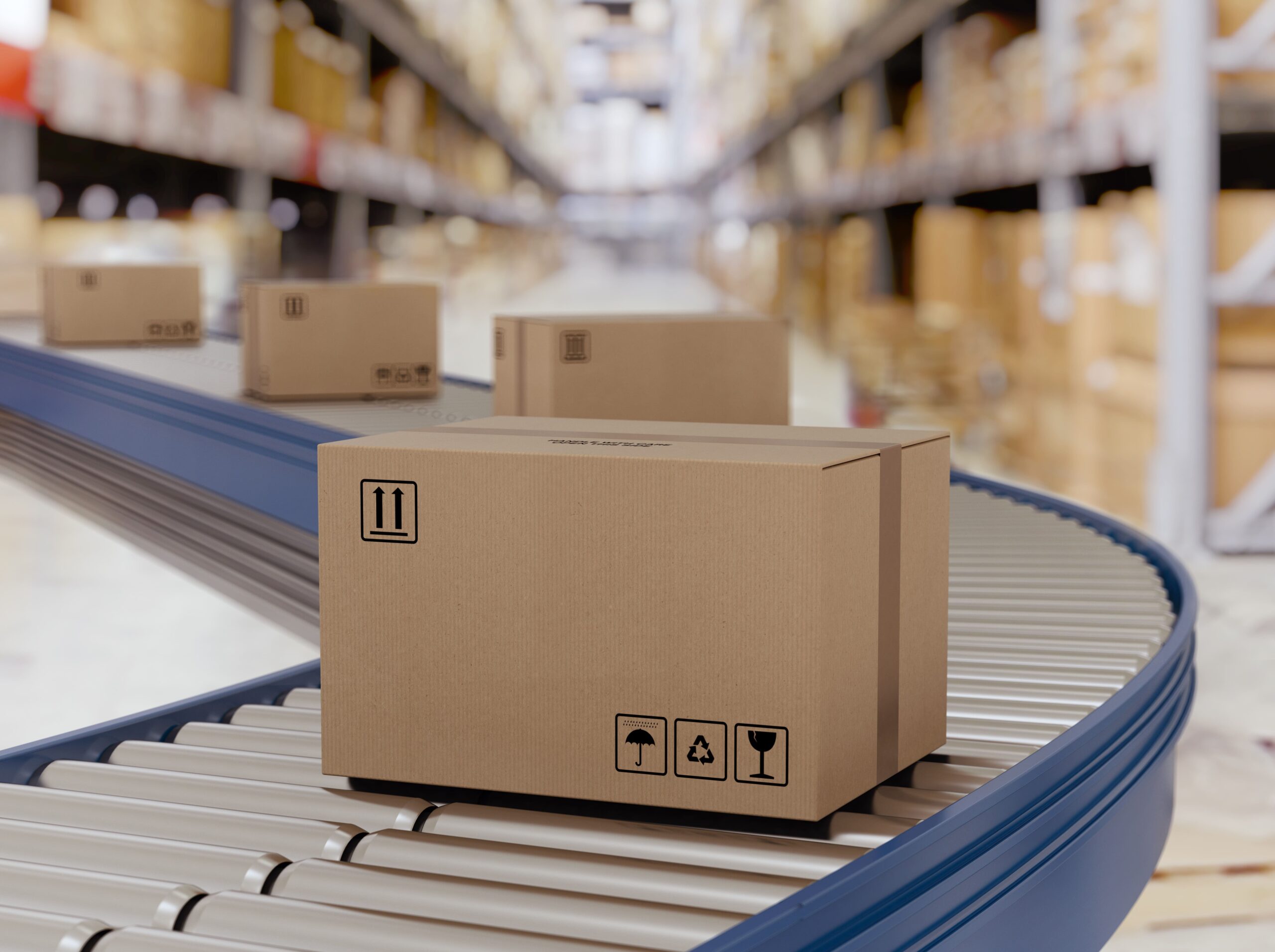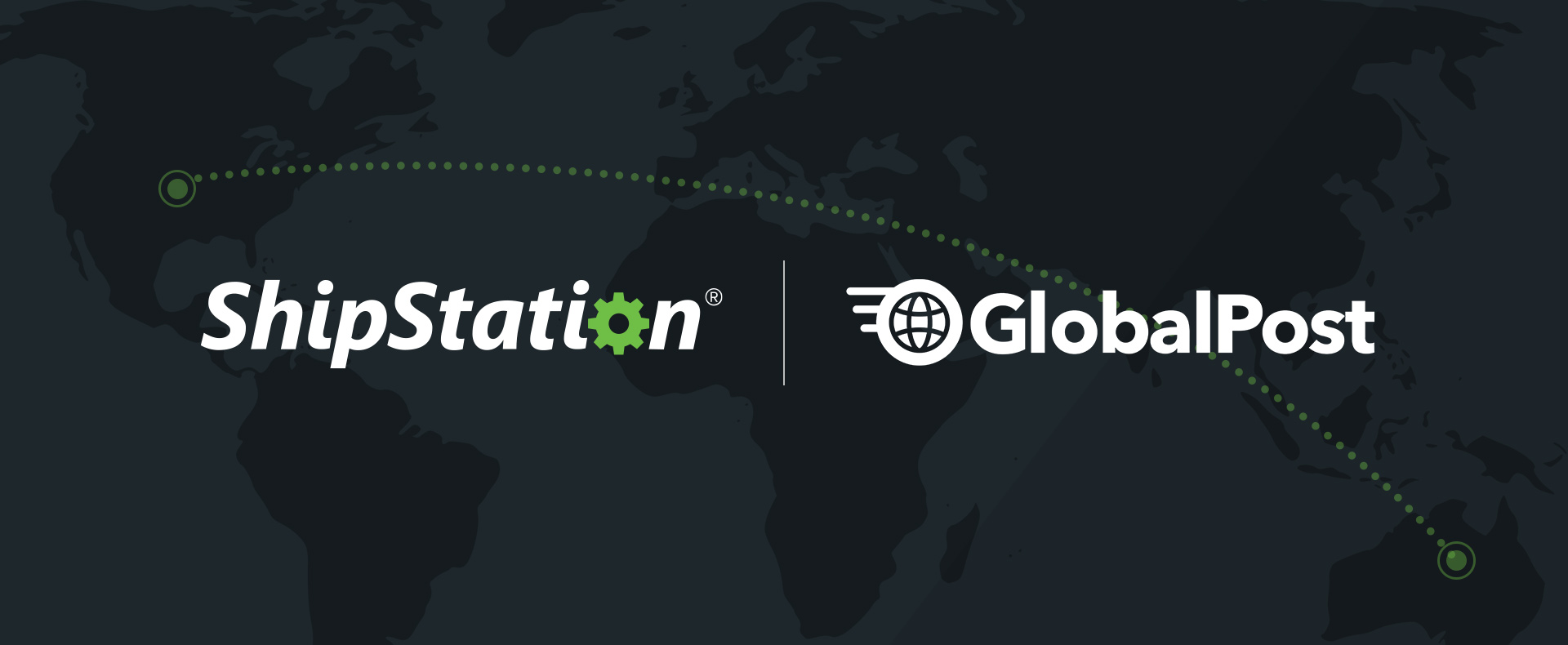The Impact of the 2019 FedEx Rate Increase on Ecommerce
A few weeks ago, we discussed a few carrier holiday fee changes. Now, the season of the General Rate Increase (GRI) is upon us. As always, there are several “laws” of a GRI:
- Rate changes are always announced as a year-over-year (YoY) percent increase. In this case, it is 4.9%.
- Surcharges will almost always increase at a rate greater than package transportation.
2019 FedEx Rate Increase Snapshot
This is usually the time of year when we see some sort of surprise — whether it’s a new fee or surcharge or a surprising rate change. Remarkably, the 2019 FedEx rate increase has very few surprises.
Still, for 2019, several FedEx fees will have YoY growth greater than 4.9%. Some notable ones are listed below:
| Surcharge | 2018 | 2019 | YoY % Increase |
| Additional Handling Surcharge | $12.00/package | $13.50/package | 12.50% |
| Address Correction | $15.00/correction | $16.00/correction | 6.67% |
| FedEx® Collect on Delivery (C.O.D.) | $13.50/package | $14.50/package | 7.41% |
| FedEx Print Return Label | $0.50/label | $1.00/label | 100.00% |
| Hazardous Materials | $33.00/package | $35.00/package | 6.06% |
| Oversize Charge | $80.00/package | $90.00/package | 12.50% |
| Delivery Area Surcharge (DAS), SmartPost | $1.30 | $1.40 | 7.69% |
Of special note is the Print Return Label service, which allows a merchant to pre-print a return label for convenience. The per label and per shipment cost for this service has doubled in price to $1.
Another area of focus in recent years has been “minimum billable rates” for various services. Many of these minimum billable charges increased at a rate greater than 4.9%. For example, a standard overnight shipment rose from $25.79 in 2018 to $27.18, a 5.39% increase.
Interestingly, one typical “law” of a GRI is not true for the 2019 FedEx rate increase. Typically, lower weight shipments (the ones ecommerce merchants are likely to ship the most) grew at a higher rate versus heavier, denser shipments. This increase is often as high as 8% YoY. But for 2019, this did not end up being the case. In reality, many of the price changes affected higher-weight shipments.
Preparing for 2019
A strong relationship with your carrier is critical. You need to work with your carrier rep to pinpoint services that can help save money and be the right fit for your ecommerce operations.
Additionally, you need tools that add visibility to the shipment process. This enables you to balance cost management with transit time efficiency.
Lastly, understanding your returns needs is vital. What is the best way to save time and money and also create a seamless returns experience for your customers? Is the model of adding a label to every outbound shipment the right one for your needs? Or is utilizing more on-demand tools such as the ShipStation Branded Returns Portal the right fit? The ability to answer these questions will be the key to managing your shipping in 2019.






